What is Hematocrit in Blood Work: Understanding Hematocrit and Hemoglobin Levels
What is hematocrit in blood work? Hematocrit is a test that measures the percentage of red blood cells in your blood. Learn about hematocrit, hemoglobin, and what your results may mean.
Understanding Hematocrit: The Key to Healthy Blood
Hematocrit is a crucial blood test that provides valuable insights into your overall health. It measures the percentage of your blood that is made up of red blood cells, which are responsible for carrying oxygen throughout your body. This test is often included in a routine wellness exam or used to screen for or monitor conditions related to blood health.
The Importance of Hematocrit Levels
Hematocrit levels can provide important clues about your health. Low hematocrit, known as anemia, can indicate a variety of underlying issues, such as vitamin deficiencies, blood loss, kidney disease, or bone marrow disorders. Elevated hematocrit, on the other hand, can be a sign of lung disease, heart disease, dehydration, or even kidney tumors.

Understanding Hemoglobin and Its Role
Hemoglobin is a protein found in red blood cells that is responsible for carrying oxygen throughout the body. Hematocrit and hemoglobin are closely related, as hemoglobin levels can also provide valuable information about your blood health. Low hemoglobin is often associated with anemia, while high hemoglobin can indicate underlying medical conditions.
Getting Your Hematocrit Tested
Getting a hematocrit test is a simple process. Your healthcare provider will collect a small sample of blood, usually from a vein in your arm, and send it to a laboratory for analysis. The test results will typically be available within 1-2 business days.
Interpreting Your Hematocrit Results
Once you receive your hematocrit test results, it’s important to discuss them with your healthcare provider. They can help you understand what your specific numbers mean and whether any follow-up actions are necessary. Factors such as age, gender, and underlying health conditions can all influence what a “normal” hematocrit range looks like for you.

Maintaining Healthy Hematocrit Levels
If your hematocrit levels are not within the normal range, your healthcare provider may recommend lifestyle changes or medical treatment to help restore balance. This could include adjustments to your diet, supplementation, or addressing any underlying medical conditions. By working closely with your provider, you can ensure that your hematocrit levels remain within a healthy range.
The Relationship Between Hematocrit and Other Health Factors
Hematocrit levels can be influenced by a variety of factors, including your overall health, lifestyle, and medical conditions. For example, dehydration can cause your hematocrit to be elevated, while kidney disease or anemia can lead to lower hematocrit readings. Understanding these connections can help you and your healthcare provider better manage your overall well-being.
What is the typical range for hematocrit levels?
The normal range for hematocrit levels varies slightly based on age and gender, but generally falls within the following ranges:
– Men: 40.7% to 50.3%
– Women: 36.1% to 44.3%
– Children: 35% to 45%
If your hematocrit levels fall outside of these ranges, it’s important to discuss the results with your healthcare provider to determine the underlying cause and appropriate next steps.

How can dehydration affect hematocrit levels?
Dehydration can cause your hematocrit levels to be elevated, as your blood becomes more concentrated with fewer fluid components. When you’re dehydrated, your body tries to maintain blood volume by reducing the amount of fluid, which results in a higher percentage of red blood cells and a higher hematocrit reading. Ensuring proper hydration is important for maintaining healthy hematocrit levels.
What are the potential causes of low hematocrit (anemia)?
There are several potential causes of low hematocrit, also known as anemia, including:
– Iron deficiency
– Vitamin B12 or folate deficiency
– Blood loss (from heavy menstrual periods, gastrointestinal bleeding, etc.)
– Chronic diseases (such as kidney disease, cancer, or autoimmune disorders)
– Bone marrow disorders that impair red blood cell production
If your hematocrit is low, your healthcare provider will work to identify the underlying cause and develop an appropriate treatment plan.

How can high hematocrit levels be addressed?
Elevated hematocrit levels, also known as polycythemia, can be caused by a variety of factors, including:
– Lung diseases (such as chronic obstructive pulmonary disease or sleep apnea)
– Heart diseases (such as congenital heart defects or cor pulmonale)
– Dehydration
– Kidney tumors or other kidney-related conditions
If your hematocrit levels are high, your healthcare provider may recommend lifestyle changes, such as improving hydration, or may prescribe medication to help lower your red blood cell count and improve blood flow.
What is the connection between hematocrit and hemoglobin?
Hematocrit and hemoglobin are closely related, as they both provide important information about the health and function of your red blood cells. Hemoglobin is a protein found within red blood cells that is responsible for carrying oxygen throughout the body.
Hematocrit measures the percentage of your blood that is made up of red blood cells, while hemoglobin measures the amount of this oxygen-carrying protein in your blood. Generally, if your hematocrit is low, your hemoglobin levels will also be low, indicating anemia. Conversely, if your hematocrit is high, your hemoglobin may also be elevated.
Your healthcare provider will typically order both hematocrit and hemoglobin tests to get a comprehensive understanding of your blood health and any potential underlying conditions.

How can I prepare for a hematocrit blood test?
There are no special preparations required for a hematocrit blood test. Your healthcare provider will simply need to collect a small sample of blood, usually from a vein in your arm. You can continue your normal daily activities and diet before the test. The only exception is if your provider has instructed you to fast (avoid eating or drinking) for a certain period of time prior to the blood draw.
How long does it take to get hematocrit test results?
Hematocrit test results are typically available within 1-2 business days after the blood sample is collected and sent to the laboratory for analysis. Your healthcare provider will review the results and discuss them with you, providing guidance on any necessary follow-up or treatment.
Is the hematocrit blood test covered by insurance?
The cost of a hematocrit blood test can vary, but many health insurance plans do cover this routine blood test, especially when it is ordered as part of a comprehensive wellness exam or to screen for or monitor a specific health condition. It’s a good idea to check with your insurance provider to understand your specific coverage and any out-of-pocket costs you may be responsible for.
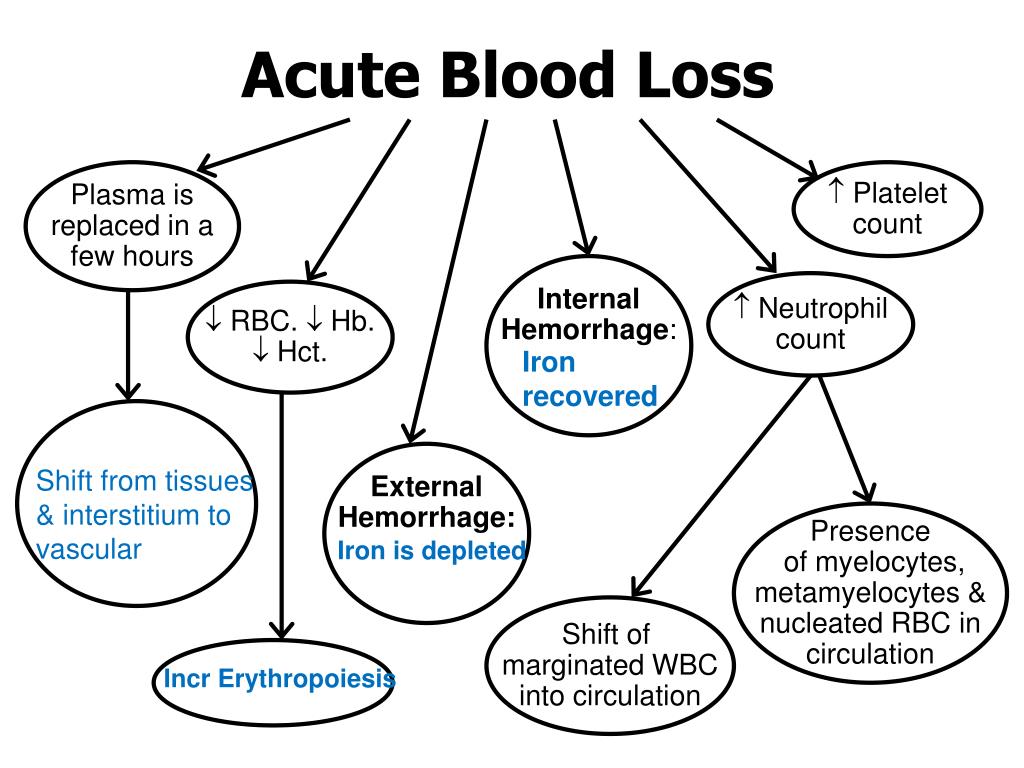
Hematocrit Blood Test testing near me in Orlando, FL
View cart (0)All lab tests
- Certified labs
- Best price
- Digital report
This test measures hematocrit, the percentage of your blood that is made up of red blood cells.
- Liver
- Heart Health
- Blood Diseases
- Kidneys
- General Health
What is this test?
Red blood cells are made in your bone marrow, and are used to transport oxygen throughout your body. Low hematocrit can indicate anemia caused by a vitamin deficiency, blood loss, kidney disease, or bone marrow disorders. Elevated hematocrit can indicate lung disease, heart disease, dehydration, or kidney tumors.
This test is often done as part of a routine wellness exam, or to either screen for anemia or monitor its treatment.
The Hematocrit Blood Test works by collecting a blood sample and measuring the percentage of red blood cells.
$10
+$15 service fee
Price does not include the Physician Service Fee ($6) and the Lab Collection Fee ($9). These non-refundable fees cover the ordering and oversight of lab tests and follow-up services when appropriate.
These non-refundable fees cover the ordering and oversight of lab tests and follow-up services when appropriate.
Next availability
Provided by Quest Diagnostics
Quest test codes:
509
Popular tests & panels
STD Panel
This 5-test panel screens for chlamydia, gonorrhea, syphilis, HIV-1, and HIV-2. Take control of your sexual health.
Lipid Panel Cholesterol Blood Test
This panel measures levels of total cholesterol, low-density lipoprotein (LDL), high-density lipoprotein (HDL), triglycerides, and very-low-density lipoprotein (VLDL) in the blood.
Food Allergy Test
This panel measures immune responses to almond, cashew nut, codfish, cow’s milk, egg white, hazelnut, peanut, salmon, scallop, sesame seed, shrimp, soybean, tuna, walnut, and wheat.
Ova and Parasites Stool Test
Parasites in the lower digestive tract cause prolonged diarrhea, blood or mucus in stool, nausea, and abdominal pain.
Chlamydia Urine Test
Chlamydia is a common sexually transmitted disease (STD) that is typically easily treated with antibiotics.
Complete Blood Count
Complete Blood Count (CBC) measures red blood cells, white blood cells, hemoglobin, and platelets in your blood.
HIV 1 & 2 Blood Test
Also called the HIV 4th Generation Test, this is a common, affordable, and accurate option for HIV screening.
Complete Urinalysis Test
Abnormalities in the urine could indicate a range of problems, from urinary tract infection (UTI), kidney disease, to other underlying conditions.
Comprehensive Female Panel
This panel uses the following tests to gain a broad overview of your health: CBC, CMP, UA, A1c, Lipid Panel, Iron, GGT, and Vitamin D.
Comprehensive Male Panel
A Comprehensive Male Panel (CMP) includes up to 14 tests that help doctors get a broad overview of your health.
How does it work?
1. Select a test
Choose from a wide range of panels and tests
2. Pay online
Pay online with a credit or debit card — no insurance needed
3.
 Go to the lab
Go to the labVisit the lab of your choice
4. Get fast results online
We will email you when results are ready, in 1–3 business days
Frequently asked questions
Your provider may order a blood test for hematocrit to test for anemia. This test is also included in a Complete Blood Count, and other routine health and wellness panels.
Your provider may wish to order a Hematocrit Blood Test if you’ve exhibited symptoms of anemia:
- Fainting
- Shortness of breath
- Fatigue
- Lack of energy
You cannot take a Hematocrit Blood Test at home — this test can only be administered by a medical professional at a licensed testing facility.
Once you receive the results of your blood test for hematocrit measurement, you will need to consult with your provider.
 Only a medical professional can advise you on the results of your hematocrit measurement and help you develop a treatment plan if necessary.
Only a medical professional can advise you on the results of your hematocrit measurement and help you develop a treatment plan if necessary. Hematocrit measurements have been shown to decrease with advanced age. However, a blood test for hematocrit can help you determine whether or not your red blood cell count is at a healthy level.
There are no special requirements for the Hematocrit Blood Test. Your provider will draw a blood sample from a vein in your arm. Hematocrit Blood Test results typically take 1-2 business days to process.
The cost of a Hematocrit Blood Test listed on Tripment Health is transparent and final — you will never be asked to pay additional fees at the testing facility, or receive a surprise bill down the road.

Tripment Health has partnered with nearly 7,000 lab test facilities across 48 states. Finding a Hematocrit Blood Test, current procedural technology (cpt) code 509, is easier than ever. Add the lab tests you need to your cart, then select a testing facility conveniently close to you.
Hematocrit, EVF – order blood test – included in blood status analysis
🎉 Stay healthy without breaking the bank 💜
- Search
- Shopping Cart
- My journal
29
kr
1 marker
Blood sample
Sampling for this test is done via a venous blood sample. The sample is usually taken from a vein in the crook of the elbow and is performed by trained healthcare professionals. How much blood you are allowed to give depends on the number of health markers to be analyzed. The sampling usually takes a few minutes.
- Measures your EVF value (Hematocrit).

- Analyzes the volume of red blood cells.
- Indication for oxygen transport in the blood.
- Important for general health and fitness.
Read more
Always low prices
Certified labs
How it works
The sampling is carried out by experienced staff at the selected sampling unit for your health test or health check. Test answers and results are sent securely digitally via e-mail.
1. Order your test
Order or make an appointment for a test.
2. Sampling
Simple, safe and smooth sampling.
3. Analysis & test result
Test results within 2-5 working days after analysis.
Why Testmottagningen.se?
With us you always get:
Qualitative analysis
To offer you the highest possible quality and service we collaborate with accredited laboratories and trained healthcare personnel.
Lowest possible price
Our vision is that as many people as possible should have the opportunity to improve their health. That’s why we always strive to keep prices low.
That’s why we always strive to keep prices low.
Your needs – your choice
With us, you can always choose freely among all our health markers and design your own personal health check based on your needs.
Quick test results – reviewed by doctors
Within 2-5 working days you will receive your test results, these are reviewed and assessed by a doctor. In the event of significantly deviating test answers, you will be called. You can also make an appointment with a doctor for a personal review.
Sampling units near you
For your peace of mind, we collaborate with one of Sweden’s leading laboratories, here you will find sampling units near you.
Find sampling unit
Questions and answers
Put the health tests or health checks you want to buy in the shopping cart then go to checkout and choose the payment option that suits you. After completed payment you will receive an order confirmation and your referral will be sent electronically to the sampling unit you have chosen and will be ready for your visit.
Read more
We collaborate with one of Swedens largest laboratories, Unilabs, so that you as a customer will receive the highest possible quality. This is where you go for sampling performed by their experienced staff. The analysis is performed by authorized personnel at Unilabs.
Read more
To create your own referral select the specific markers you want to test for in the shopping cart. When you complete your purchase, a separate referral is created based on your choices.
Read more
It usually takes 2-5 working days to get your test results, these are sent to you continuously as the analysis is done. The doctors comment will appear in the final report when all test results have been received.
Read more
No, blood tests do not replace contact with the healthcare system, which together with medical history, clinical examinations and possible blood tests can make a diagnosis.
Read more
Related Products
Immune defense test
Basophilic Granulocytes
1 marker
Blood sample
Sampling for this test is done via a venous blood sample.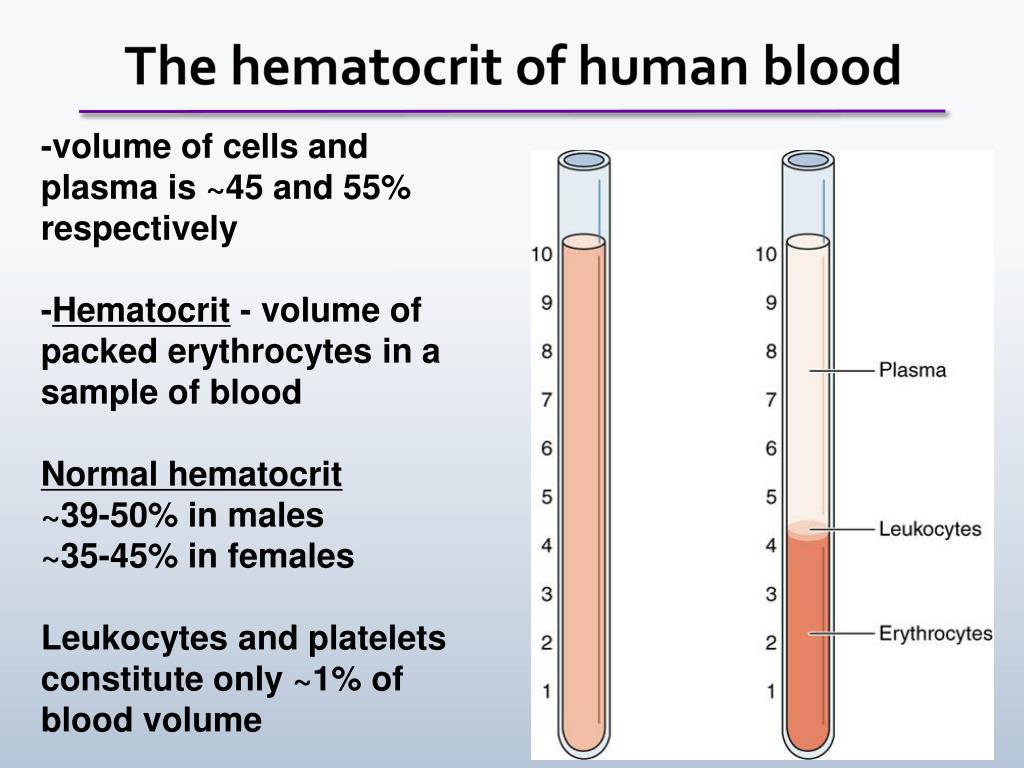 The sample is usually taken from a vein in the crook of the elbow and is performed by trained healthcare professionals. How much blood you are allowed to give depends on the number of health markers to be analyzed. The sampling usually takes a few minutes.
The sample is usually taken from a vein in the crook of the elbow and is performed by trained healthcare professionals. How much blood you are allowed to give depends on the number of health markers to be analyzed. The sampling usually takes a few minutes.
- Analysis of your basophilic granulocytes.
- Can detect deficiencies in the body’s immune system.
- Immune defense test.
Red blood cells
EPK Erythrocytes
1 marker
Blood sample
Sampling for this test is done via a venous blood sample. The sample is usually taken from a vein in the crook of the elbow and is performed by trained healthcare professionals. How much blood you are allowed to give depends on the number of health markers to be analyzed. The sampling usually takes a few minutes.
- Measuring your EPK value (Erythrocytes).
- Analysis of your red blood cells.
- Gives you insight into your blood status.
Immune defense test
Eosinophilic Granulocytes
1 marker
Blood sample
Sampling for this test is done via a venous blood sample. The sample is usually taken from a vein in the crook of the elbow and is performed by trained healthcare professionals. How much blood you are allowed to give depends on the number of health markers to be analyzed. The sampling usually takes a few minutes.
The sample is usually taken from a vein in the crook of the elbow and is performed by trained healthcare professionals. How much blood you are allowed to give depends on the number of health markers to be analyzed. The sampling usually takes a few minutes.
- Analysis of your eosinophilic granulocytes.
- Can detect deficiencies in the body’s immune system.
- Identifies autoimmune diseases and allergic reactions.
Hemoglobin test
HB Hemoglobin
1 marker
Blood sample
Sampling for this test is done via a venous blood sample. The sample is usually taken from a vein in the crook of the elbow and is performed by trained healthcare professionals. How much blood you are allowed to give depends on the number of health markers to be analyzed. The sampling usually takes a few minutes.
- Measures your Hb value (Hemoglobin).
- Indication for your general health.
- Health marker that affects delivery of oxygen.
White blood cells
LPK Leukocytes
1 marker
Blood sample
Sampling for this test is done via a venous blood sample. The sample is usually taken from a vein in the crook of the elbow and is performed by trained healthcare professionals. How much blood you are allowed to give depends on the number of health markers to be analyzed. The sampling usually takes a few minutes.
The sample is usually taken from a vein in the crook of the elbow and is performed by trained healthcare professionals. How much blood you are allowed to give depends on the number of health markers to be analyzed. The sampling usually takes a few minutes.
- Measuring your LPK value (Leukocytes).
- Measures the number of white blood cells.
- Analysis of white blood cells.
- Indication for infection & inflammation.
Immune defense test
Lymphocytes
1 marker
Blood sample
Sampling for this test is done via a venous blood sample. The sample is usually taken from a vein in the crook of the elbow and is performed by trained healthcare professionals. How much blood you are allowed to give depends on the number of health markers to be analyzed. The sampling usually takes a few minutes.
- Analysis of your B-lymphocytes.
- Can detect deficiencies in the body’s immune system.
- Immune defense test.
Mean Corpuscular Hemoglobin test
MCB Hemoglobin
1 marker
Blood sample
Sampling for this test is done via a venous blood sample. The sample is usually taken from a vein in the crook of the elbow and is performed by trained healthcare professionals. How much blood you are allowed to give depends on the number of health markers to be analyzed. The sampling usually takes a few minutes.
The sample is usually taken from a vein in the crook of the elbow and is performed by trained healthcare professionals. How much blood you are allowed to give depends on the number of health markers to be analyzed. The sampling usually takes a few minutes.
- Measures your hemoglobin value MCH (Hemoglobin mass).
- Gives an indication of the body’s oxygenation.
- Abnormalities may indicate health problems.
Blood cell volume test
MCV Mean Corpuscular Volume
1 marker
Blood sample
Sampling for this test is done via a venous blood sample. The sample is usually taken from a vein in the crook of the elbow and is performed by trained healthcare professionals. How much blood you are allowed to give depends on the number of health markers to be analyzed. The sampling usually takes a few minutes.
- Calculates your MCV (Mean Erythrocyte Volume) value.
- Measuring the size of blood cells.
- Gives you insight into your blood status.

- Abnormalities may indicate health problems.
Immune defense test
Monocytes
1 marker
Blood sample
Sampling for this test is done via a venous blood sample. The sample is usually taken from a vein in the crook of the elbow and is performed by trained healthcare professionals. How much blood you are allowed to give depends on the number of health markers to be analyzed. The sampling usually takes a few minutes.
- Analysis of your B-monocytes.
- Can detect deficiencies in the body’s immune system.
- Immune defense test.
Immune defense test
Neutrophil granulocytes
1 marker
Blood sample
Sampling for this test is done via a venous blood sample. The sample is usually taken from a vein in the crook of the elbow and is performed by trained healthcare professionals. How much blood you are allowed to give depends on the number of health markers to be analyzed. The sampling usually takes a few minutes.
- Measures your neutrophil granulocytes.

- Analysis of white blood cells.
- Can detect deficiencies in the body’s immune system.
Plateletcrit test
Platelet count
1 marker
Blood sample
Sampling for this test is done via a venous blood sample. The sample is usually taken from a vein in the crook of the elbow and is performed by trained healthcare professionals. How much blood you are allowed to give depends on the number of health markers to be analyzed. The sampling usually takes a few minutes.
- Measuring your PCT value.
- Analysis of your platelets (platelet count)
- Gives you insight into your blood status.
- Abnormalities may indicate health problems.
Complete blood count | Central Clinic
Complete blood count (CBC) is the most common type of study, which must be prescribed by a general practitioner. A general blood test allows you to get an idea of the volume ratio of cellular elements and the liquid part of the blood (hematocrit), the content of certain types of blood cells (erythrocytes, leukocytes, platelets), hemoglobin concentration, the main characteristics of erythrocytes (erythrocyte indices).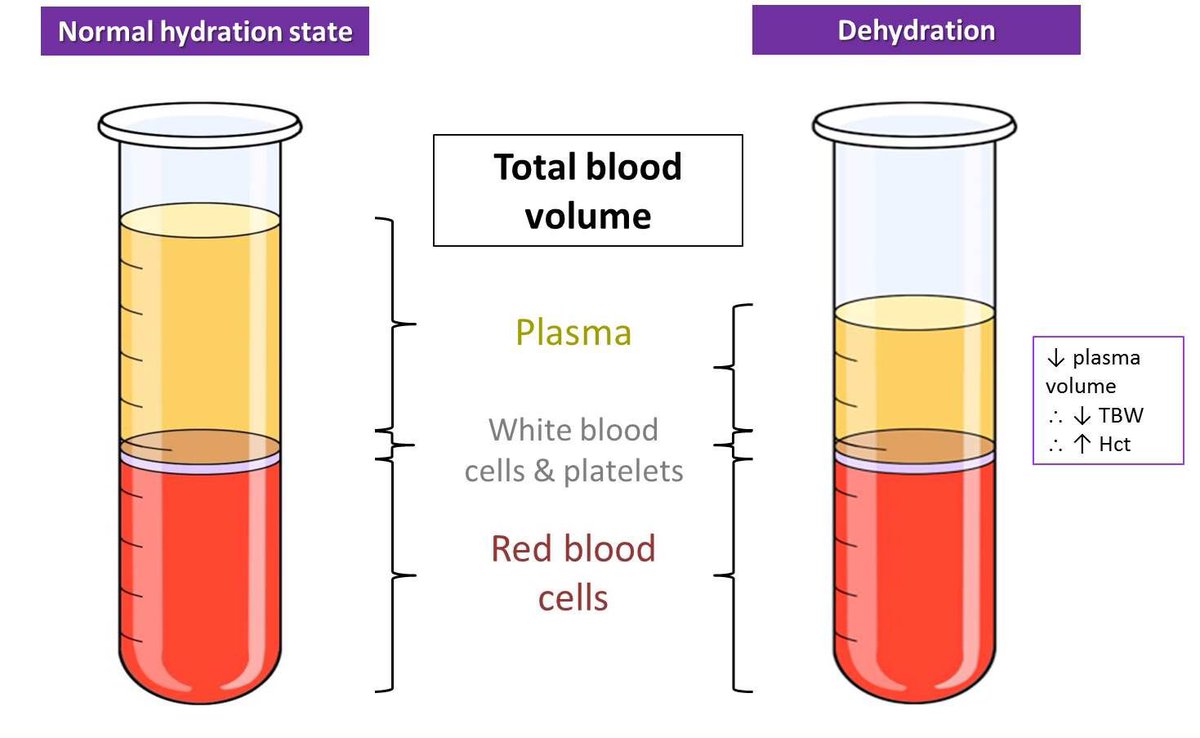 A complete blood count is one of the basic clinical tests.
A complete blood count is one of the basic clinical tests.
Blood consists of a liquid part (plasma) and cellular, formed elements (erythrocytes, leukocytes, platelets). The composition and concentration of cellular elements in the blood change under various physiological and pathological conditions: dehydration, inflammation, bacterial or viral infections, disorders in the hematopoietic system, bleeding, intoxication, oncological diseases, etc. The study includes determining the concentration of hemoglobin, hematocrit, concentration erythrocytes, leukocytes, platelets, as well as the calculation of erythrocyte indices (MCV, RDW, MCH, MCHC).
How do I prepare for donating blood?
Blood is taken from a vein on an empty stomach, after 8-14 hours of overnight fasting (you can drink water), it is permissible in the afternoon 4 hours after a light meal. On the eve of the study, it is necessary to exclude increased psycho-emotional and physical activity (sports training), alcohol intake.
What indicators are looked at in the general blood test?
- Hemoglobin (Hb, Hemoglobin) Hemoglobin is a respiratory blood pigment contained in erythrocytes and is involved in the transport of oxygen and carbon dioxide. The content of hemoglobin in the blood in men is slightly higher than in women. In children of the first year of life, a physiological decrease in the concentration of hemoglobin can be observed. A pathological decrease in blood hemoglobin (anemia) may be the result of increased losses during various types of bleeding, the result of an accelerated destruction of red blood cells, and a violation of the formation of red blood cells. Anemia can be both an independent disease and a symptom of a chronic disease.
- Hematocrit (Ht, Hematocrit) Hematocrit is the percentage of all formed elements (quantitatively, mainly erythrocytes) of the total blood volume.
- Platelets (PLT, Platelets) Platelets are non-nuclear cells that contain many active substances and some coagulation factors in their granules and on the surface that enter the blood when platelets are activated.
 Platelets are capable of aggregation (connecting to each other) and adhesion (sticking to a damaged vascular wall), which allows the formation of a temporary clot and stop bleeding in small vessels. Produced in red bone marrow. The lifespan of a platelet in the bloodstream is 7-10 days. A decrease in the number of platelets can occur both due to their increased consumption, and due to insufficient production. Clinical manifestations (increased bleeding, up to life-threatening conditions) occur when the platelet concentration is less than 50 * 10 3 cells/µl.
Platelets are capable of aggregation (connecting to each other) and adhesion (sticking to a damaged vascular wall), which allows the formation of a temporary clot and stop bleeding in small vessels. Produced in red bone marrow. The lifespan of a platelet in the bloodstream is 7-10 days. A decrease in the number of platelets can occur both due to their increased consumption, and due to insufficient production. Clinical manifestations (increased bleeding, up to life-threatening conditions) occur when the platelet concentration is less than 50 * 10 3 cells/µl. - Leukocytes (WBC, White Blood Cells) Leukocytes (white blood cells) are nucleated blood cells involved in the recognition and neutralization of foreign elements, the elimination of altered and decaying cells of one’s own body, various immune and inflammatory reactions. It is the basis of the body’s antimicrobial defenses. Formed in the red bone marrow and organs of the lymphatic system. There are different types of blood leukocytes, their functions and residence time in the circulating blood are different (neutrophils, lymphocytes, monocytes, eosinophils, basophils).
 The study of the number of leukocytes is used in the diagnosis and monitoring of therapy for a wide variety of diseases.
The study of the number of leukocytes is used in the diagnosis and monitoring of therapy for a wide variety of diseases. - Erythrocytes (RBC, Red Blood Cells) Erythrocytes (red blood cells) are highly specialized non-nuclear blood cells filled with a respiratory pigment – iron-containing protein hemoglobin. The main function of erythrocytes is the transport of oxygen. They are formed in the red bone marrow. The formation of red blood cells stimulates erythropoietin, which is synthesized in the kidneys (in increased amounts during hypoxia). For the normal synthesis of hemoglobin and the formation of red blood cells, vitamin B12 and folic acid are necessary, there must be a sufficient intake of iron. The normal lifespan of an erythrocyte in the bloodstream is 120 days. RBCs are destroyed in the spleen and reticuloendothelial system. Determination of the number of erythrocytes, in combination with the study of hemoglobin content, assessment of hematocrit and characterization of erythrocytes (erythrocyte indices) is used in the differential diagnosis of anemia.

- MCV (Mean Cell volume, mean volume of erythrocytes) A calculated indicator reflecting the average volume of erythrocytes, which is used in the diagnosis of anemia (microcytic, macrocytic, normocytic). With severe anisocytosis (the presence of cells with different volumes), as well as the presence of a large number of erythrocytes with a changed shape, this indicator is of limited value.
- RDW (Red cell Distribution Width, distribution of erythrocytes by size) A calculated indicator that reflects the degree of anisocytosis (heterogeneity of erythrocytes by volume). Used for differential diagnosis and monitoring of the treatment of anemia of various origins.
- MCH (Mean Cell Hemoglobin, the average content of hemoglobin in erythrocytes) Calculated indicator reflecting the average content of hemoglobin in 1 cell (erythrocyte). It is used, like MCV, for the differential diagnosis of anemia.
- MCHC (Mean Cell Hemoglobin Concentration, the average concentration of hemoglobin in erythrocytes) The concentration index is a calculated indicator that reflects the average concentration of hemoglobin in erythrocytes.
 A sensitive indicator of changes in hemoglobin formation – in particular, with iron deficiency anemia, thalassemia, and some hemoglobinopathies.
A sensitive indicator of changes in hemoglobin formation – in particular, with iron deficiency anemia, thalassemia, and some hemoglobinopathies.
+7 (473) 300 33 44
Blood test hematocrit
11/08/2022
Why is hematocrit measured?
The main purpose of the clinical analysis of blood is to evaluate a number of indicators of its composition, which make it possible to judge the presence or absence of any deviations from the norm. The main such indicators are: hemoglobin, the number of erythrocytes, platelets and leukocytes, as well as the erythrocyte sedimentation rate (so-called ESR) and color index blood . Clinical interpretation of the hematocrit of blood analysis refers specifically to this kind of procedure. In addition to clinical analysis, an analysis of the composition of blood for the presence of antibodies in it and a biochemical analysis of blood are distinguished.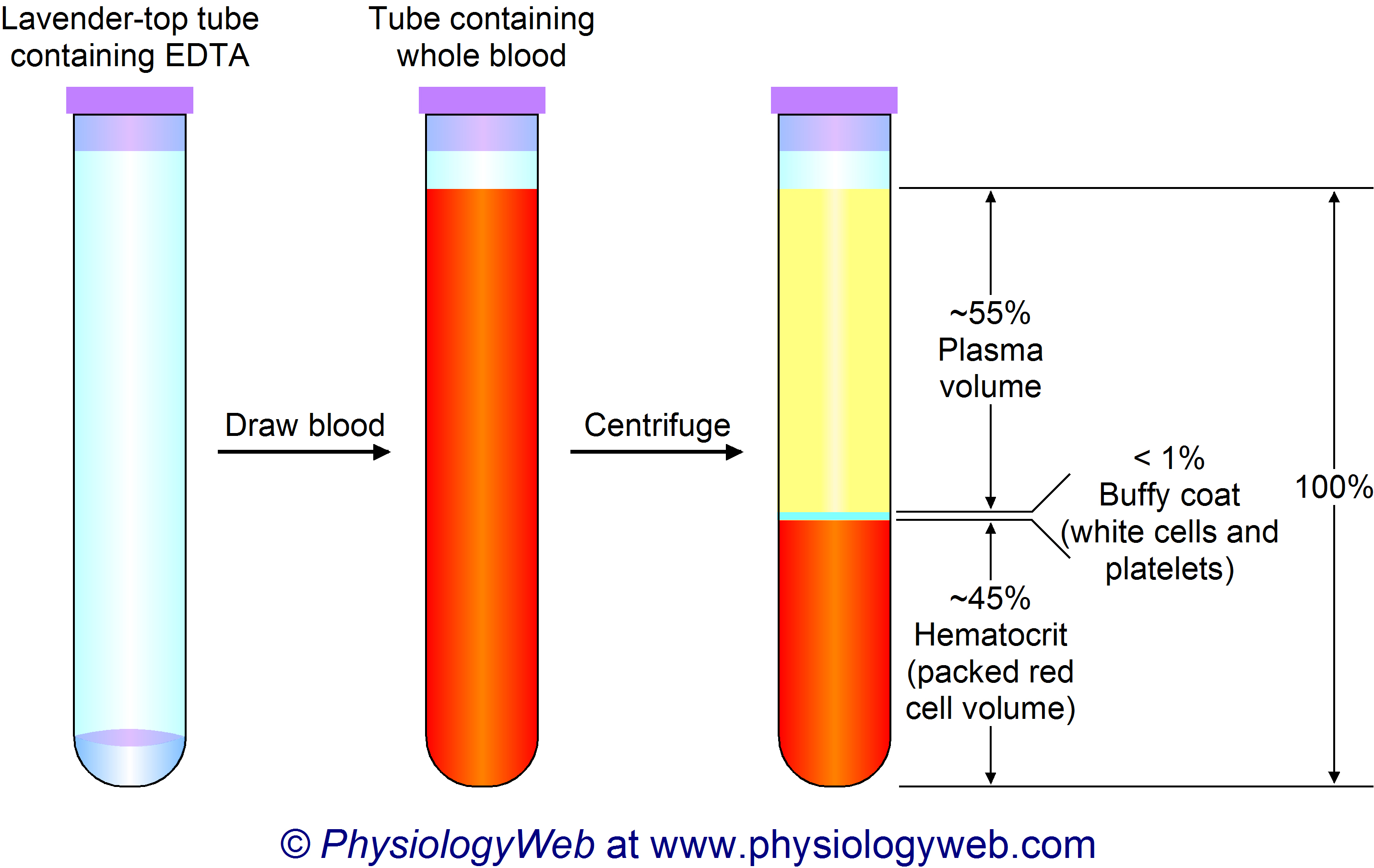
The standard blood composition test is a mandatory procedure for all major types of disease diagnosis. Deciphering the hematocrit of blood analysis allows you to directly monitor the course of the disease, to control pregnancy and prevention of a huge number of violations of the normal functioning of the body. The dynamics of the above indicators allows you to make a clinical picture of the disease. Of course, the task of deciphering the results of the analysis is entirely the responsibility of a professional doctor, however, the patient can make some idea of the results on his own. This note will help you understand this issue.
How is hematocrit indicated in the complete blood count?
The first and most important parameter of the quality of the blood composition is hemoglobin, it is this substance that makes our blood red. But its most important function is the transfer of oxygen between various tissues and organs. Hemoglobin is found in red blood cells – cells called erythrocytes. The most important indicator of the state of blood is hematocrit.
Hemoglobin is found in red blood cells – cells called erythrocytes. The most important indicator of the state of blood is hematocrit.
Hematocrit is a value that represents the ratio between the number of red blood cells and the volume of blood plasma . In the event of loss of blood , its level is markedly reduced. This figure is different for men and women. In addition to deciphering hematocrit, analysis blood shows the number of platelets. Platelets are responsible for blood clotting and their number is also indicated in the standard analysis form. As for lymphocytes and leukocytes. Then these little bodies function within the framework of the immune support system of our body.
Another constituent element of blood is granulocytes responsible for fighting various infections, allergens and sources of inflammation. We have listed only the most basic indicators, in a full transcript of the analysis blood takes into account a much larger number of them.

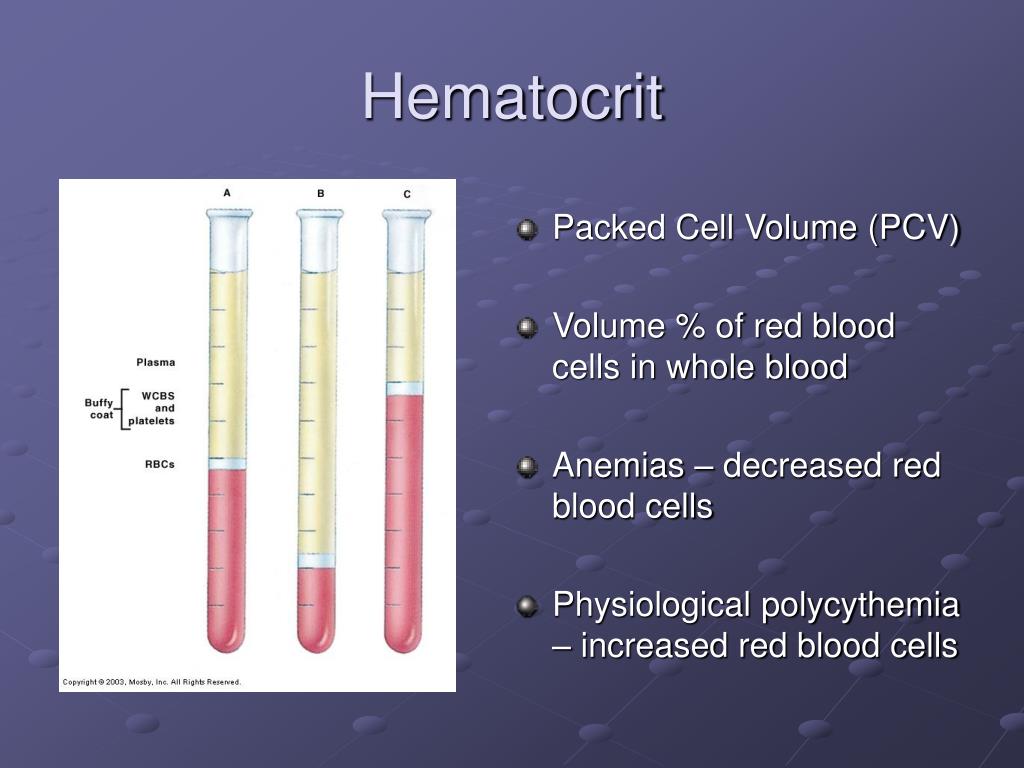 Go to the lab
Go to the lab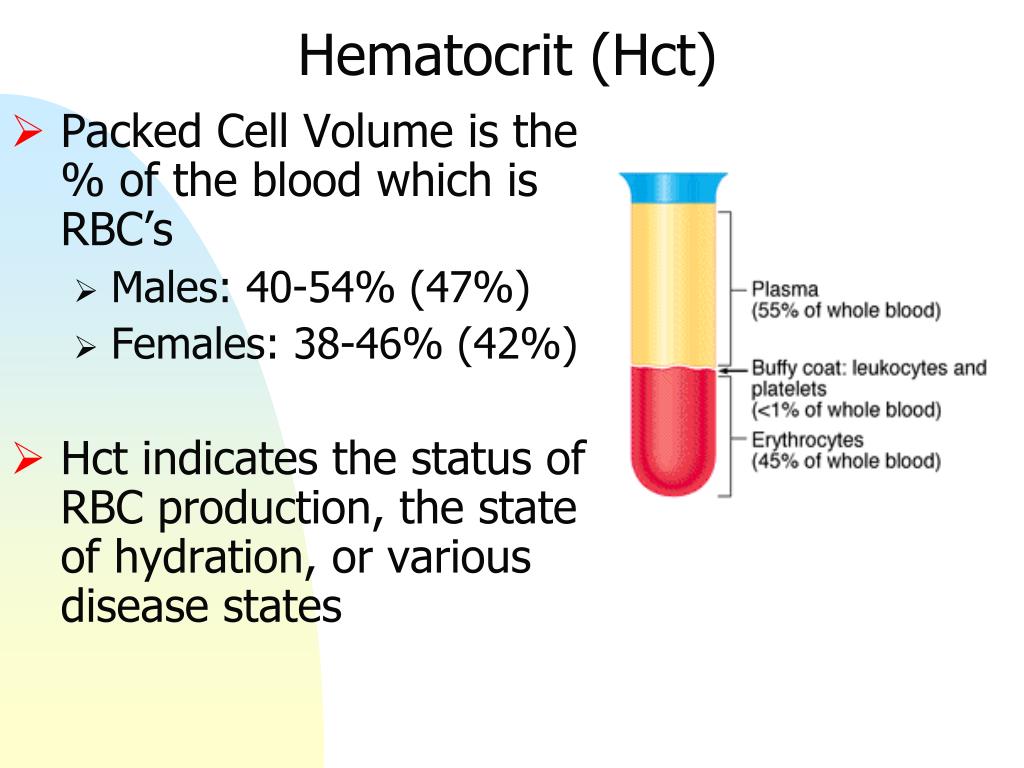 Only a medical professional can advise you on the results of your hematocrit measurement and help you develop a treatment plan if necessary.
Only a medical professional can advise you on the results of your hematocrit measurement and help you develop a treatment plan if necessary. 
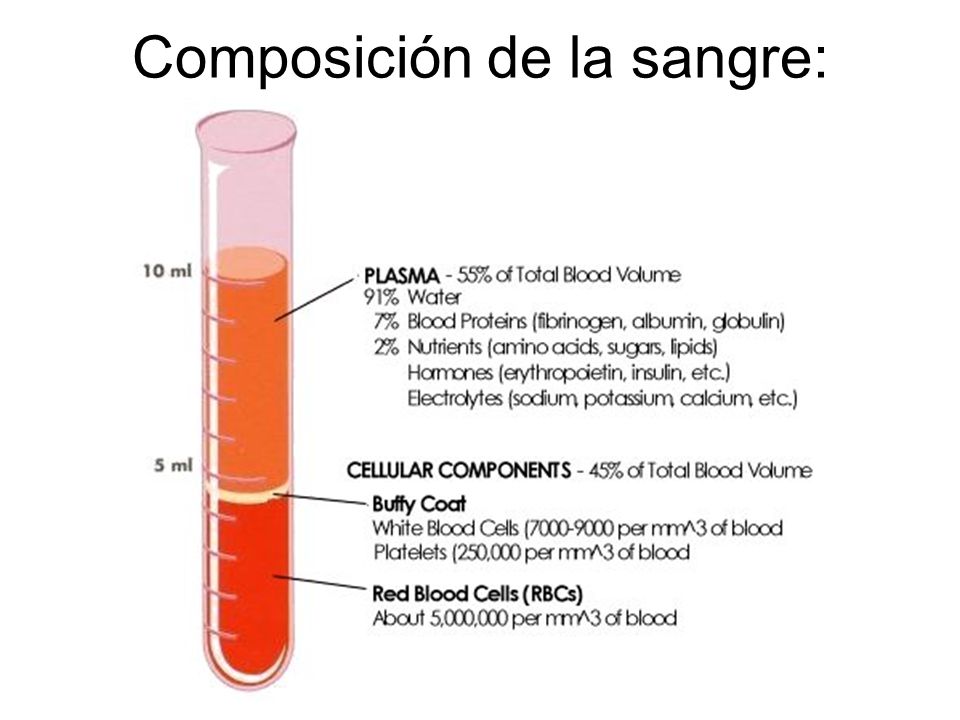
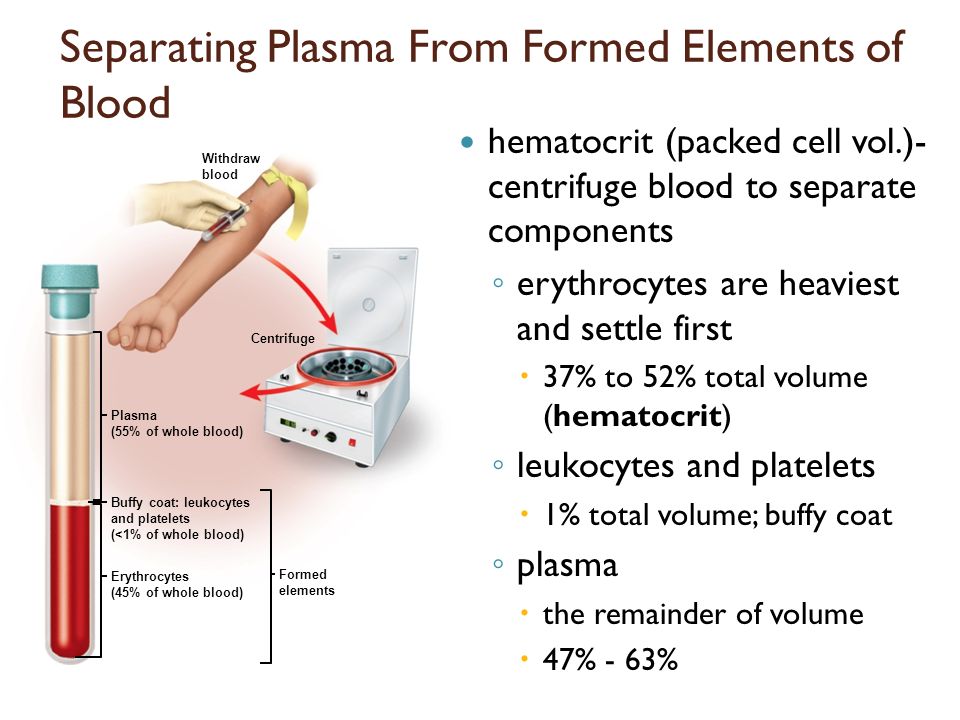
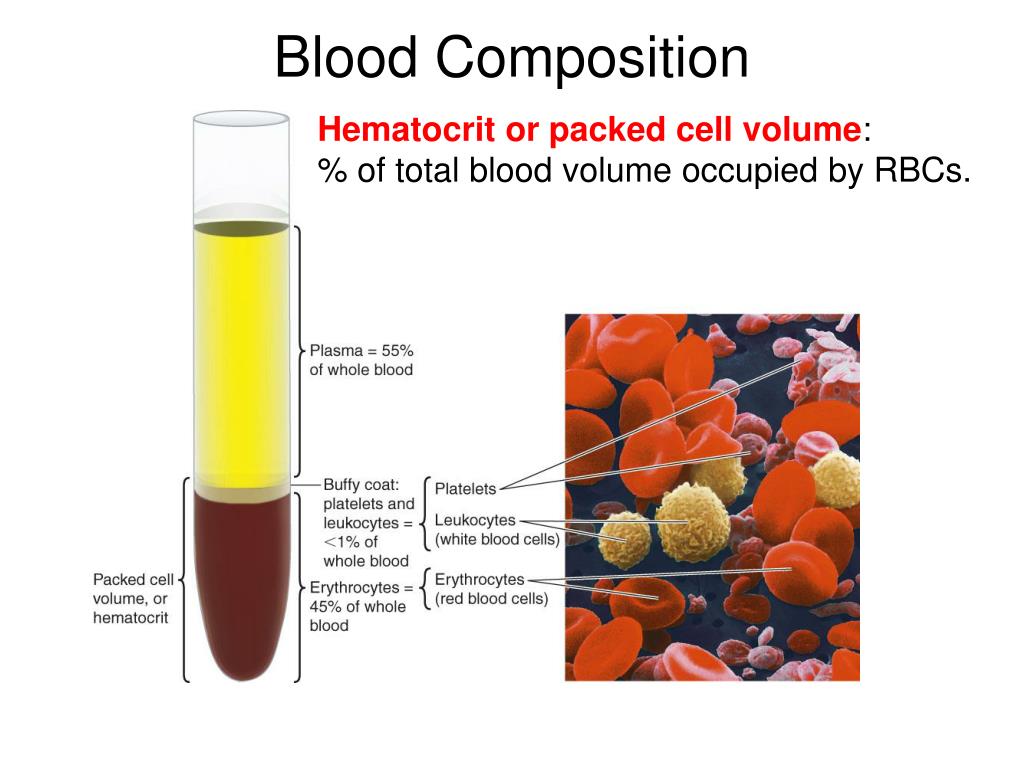
+measures+how+much+space+in+the+blood+is+occupied+by+red+blood+cells..jpg) Platelets are capable of aggregation (connecting to each other) and adhesion (sticking to a damaged vascular wall), which allows the formation of a temporary clot and stop bleeding in small vessels. Produced in red bone marrow. The lifespan of a platelet in the bloodstream is 7-10 days. A decrease in the number of platelets can occur both due to their increased consumption, and due to insufficient production. Clinical manifestations (increased bleeding, up to life-threatening conditions) occur when the platelet concentration is less than 50 * 10 3 cells/µl.
Platelets are capable of aggregation (connecting to each other) and adhesion (sticking to a damaged vascular wall), which allows the formation of a temporary clot and stop bleeding in small vessels. Produced in red bone marrow. The lifespan of a platelet in the bloodstream is 7-10 days. A decrease in the number of platelets can occur both due to their increased consumption, and due to insufficient production. Clinical manifestations (increased bleeding, up to life-threatening conditions) occur when the platelet concentration is less than 50 * 10 3 cells/µl. The study of the number of leukocytes is used in the diagnosis and monitoring of therapy for a wide variety of diseases.
The study of the number of leukocytes is used in the diagnosis and monitoring of therapy for a wide variety of diseases.
 A sensitive indicator of changes in hemoglobin formation – in particular, with iron deficiency anemia, thalassemia, and some hemoglobinopathies.
A sensitive indicator of changes in hemoglobin formation – in particular, with iron deficiency anemia, thalassemia, and some hemoglobinopathies.